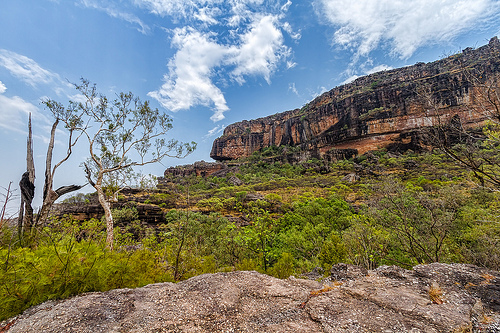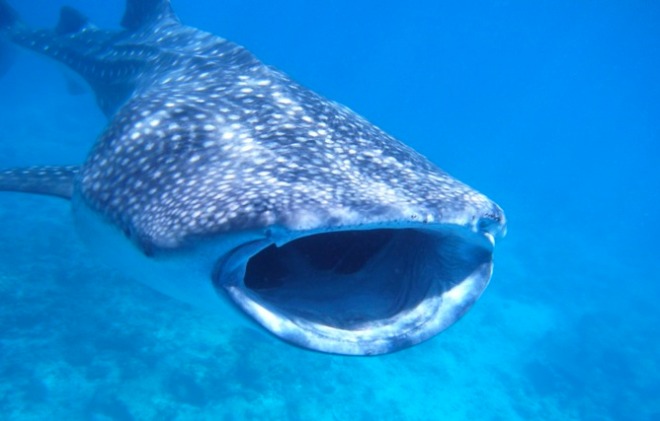In the first quarter of 2014, researchers at The Environment Institute have published on a vast array of topics, from Ancient DNA in the Arctic, to birdsongs to recommendations for improvements to guidelines such as the Ecological Footprint in order to better inform policy makers.
A selection of these publications is listed below.
1. Fifty thousand years of Arctic vegetation and megafaunal diet. Nature
Research into the type of vegetation present during the last 50 thousand years in the Arctic is presented. Rather than using fossilised pollen as the main source of data as has been the case for previous studies, this study used plant and nematode DNA from sites across the Arctic. This data brings into question the diet of megafauna such as the woolly mammoth.
2. Distribution and Diversity of Soil Microfauna from East Antarctica: Assessing the Link between Biotic and Abiotic Factors. PLOS ONE
An investigation into soil microfauna composition, abundance, and distribution in East Antarctica. The study found that where a population exists is likely to be determined by soil geochemistry.
3. Higher Levels of Multiple Paternities Increase Seedling Survival in the Long-Lived Tree Eucalyptus gracilis. PLOS ONE
Data from populations of Eucalyptus gracilis (white mallee or yorrell) across the Murray-Darling Basin in southern Australia was collected in order to gain an understanding of how local environments affect seed quality.
4. Rapid deforestation threatens mid‐elevational endemic birds but climate change is most important at higher elevations. Biodiversity Research
The effect of deforestation and climate change on bird communities in Lore Lindu National Park, Sulawesi, Indonesia was investigated. The National Park is a globally important hotspot of avian endemism, and has lost almost 12% of its forest in the decade of 2000-2010.
5. Does the Shoe Fit? Real versus Imagined Ecological Footprints. PLOS BIOLOGY
This article seeks to demonstrate that “Ecological Footprint” measurements as currently constructed and presented misleading and cannot be used effectively in any serious science or policy context. Outlined are a set of principles that any ecological indicator should be based on in order to be scientifically sound and relevant for use in decision making.
6. Historical changes in mean trophic level of southern Australian fisheries. Marine and Freshwater Research
It is suggested that care in interpretation of mean trophic level (MTL) of catches should be taken because reductions do not necessarily reflect change in species high on the food chain by fishing pressure. They found that the change in MTL is mainly attributable to large catches of sardines.
7. Ecology Needs a Convention of Nomenclature. BioScience
A convention of ecological nomenclature as well as a transnational institution to manage it is proposed, in order to overcome the synonymy and polysemy across disciplines, which currently handicaps the progress of ecology.
8.Emerging Challenges for the Drinking Water Industry Environmental Science & Technology
Three principles that underpin alternative water source choices are introduced: Reliability, thresholds and future projections of water quality and quantity.
9. The evolution of lncRNA repertoires and expression patterns in tetrapods. Nature
The first large-scale evolutionary study of long noncoding RNA (lncRNA) repertoires and expression patterns in eleven tetrapod species is presented. About 400 highly conserved lncRNA’s (of more than 10 000 identified) probably originated an astonishing 300 million years ago at least.
10. Direct evidence for organic carbon preservation as clay-organic nanocomposites in a Devonian black shale; from deposition to diagenesis Earth and Planetary Science Letters
The temperature and oxygenation of the oceans are influenced by one of the most fundamental biogeochemical processes on Earth-the burial of organic carbon in marine sediments. This buried organic carbon also comprises the primary source of hydrocarbons. This paper presents research into the composition of Woodford Shale.
11. A guide to southern temperate seagrasses (Book, CSIRO Publishing)
A reference guide to the diverse seagrasses present in the ocean of the temperate parts of the southern hemisphere. Evolution, biology and ecology of the seagrasses is introduced. This book allows readers to rapidly identify a particular species, including those often confused with others.
12. A Potential Metric of the Attractiveness of Bird Song to Humans. Ethology
Bird species such as the common nightingale and European blackbird have songs that are known to have inspired classical music. Developing a metric for these songs might help identify birds that are present in international bird trade which could contribute to studies of invasion and conservation biology.
13. Genetics in conservation management: Revised recommendations for the 50/500 rules, Red List criteria and population viability analyses. Biological Conservation
A review of recent theoretical and empirical evidence concludes that the population rules for minimising inbreeding and for maintaining evolutionary potential in perpetuity need to be at least doubled and sections of the IUCN Red List criteria require revision, to be more effective conservation tools.





